
NORTH & SOUTH - The Game (Pocket Edition)
Games
App
RELIVE THE NORTH& SOUTH CULT GAME REMODELED! An absolute must for all retro fans! North & South...
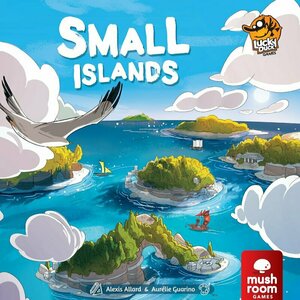
Small Islands
Tabletop Game
Small Islands is a tile-placement game in which you are daring explorers discovering a magnificent...
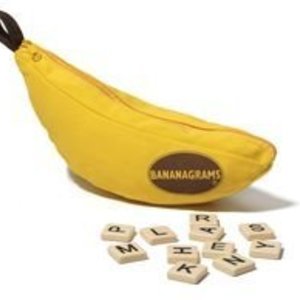
Bananagrams
Tabletop Game
Bananagrams is a fast and fun word game that requires no pencil, paper or board, and the tiles come...
Purple Phoenix Games (2266 KP) rated Pendulum in Tabletop Games
Sep 8, 2020
Pendulum is a real-time worker placement game utilizing sand timers to control players’ actions. While sand timers have been used in games plenty of times before, they are special components in Pendulum that will have players cursing their existence throughout the game. In a solo game the human player will be attempting to win against two Automas, essentially creating a three player game. Now, while I normally reconstruct the rules in my reviews to give a brief overview, Pendulum has too many intricacies to truly detail, so my rules overview will be quite abbreviated.
DISCLAIMER: We were provided a copy of this game for the purposes of this review. This is a retail copy of the game, so what you see in these photos is exactly what would be received in your box. I do not intend to cover every single rule included in the rulebook, but will describe the overall game flow and major rule set so that our readers may get a sense of how the game plays. For more in depth rules, you may purchase a copy online or from your FLGS. -T
Setup took me about 30 minutes the first game because I did not play it multiplayer first, but was setting up for my first Automa play. Setup is not difficult, but there are many small parts and different boards for which you must account. Subsequent games took significantly less time to setup so I was up and running immediately.
A game of Pendulum sees players vying for the crown by jockeying for mastery in Power, Prestige, Popularity, and completing a Legendary Achievement. These are all tracked on each player mat and the Automas’ mat. The game is a typical worker placement with all spaces giving some benefit, but also may be blocked by other players. By utilizing aggressive strategies and timing each worker action players will be gaining resources and votes and converting them into VPs on the individual tracks, the most important of which is the Legendary Achievement. No player may win the game without having completed a Legendary Achievement.
As the game progresses in real time, the sand timers will be flipped into areas blocking access to players, but allowing player meeples already stationed in these areas to enact their special abilities. Three timers of different time-lengths are used in Pendulum: 45 seconds, 2 minutes, and 3 minutes. The action spaces corresponding to the 45 second timer are less effective than the 3 minute timer areas, but are indeed necessary to generate more resources.
After the 3 minute purple timer has been flipped three total times, the game halts and a special Council Phase is enacted. This phase allows players to receive Council Reward cards, assess and compare placement for the next round, and set up for the next round. After the fourth Council Phase, the game ends and players will check for victory conditions.
Components. Have you seen a Stonemaier Games title recently? The components are stellar. Everything from the plastic (resin?) cubes and vote tiles and meeples, to the good-looking sand timers, to the linen finish on the cards AND the rulebooks is just amazing. Several reviewers have issues with the art in Pendulum, and say that it is drab and “uninspiring.” Well, I think it’s great, and I also think it is a bit muted to get out of the way of play. I certainly would not appreciate this game more if it had more exciting art. More exciting art means more attention spent on appreciating the art and not playing the game. Normally this is a boon for me, but Pendulum is a REAL-TIME game. I don’t have time to be gawking at game art! Components: excellent!
I really enjoyed my plays of Pendulum using the Automa system. I can’t necessarily say it felt like playing against two other players, but I don’t think it’s meant to do that. The Automa players sufficiently block spaces, and gain VP each round to compete with the human player. Also, I have never played a game using Automas before, so I had zero expectations getting into Pendulum. I do think I would enjoy this game lots more playing against other humans, but the current virus situation has nixed that for me. The Automa system is good, and I am so happy that it exists for Pendulum. I just want to play it with other gamers.
Purple Phoenix Games never award games with scores for previews and Solo Chronicles. However, I would certainly rate Pendulum high. I don’t believe it will ever crack into my Top 10 Games of All Time, but I also can see myself pulling it out when I want to exercise my brain and I don’t have access to any other gamers. I want you to understand that I do like this one quite a bit, and would certainly recommend it. I truly enjoy having to keep on my toes (literally) controlling my components as well as keeping track of the Automa movements, and assuring the timers are being flipped appropriately.
If your collection is missing a game that utilizes sand timers for more than just buzzing others on their turn, certainly give Pendulum a look. The design is fantastic, includes the Automa Factory solo rules (and extra components), and is satisfying to play. Heck, I didn’t even sit down when I played this because I needed to be so active around the board. If it weren’t so late as I am writing this, I would break it out and give it another go right now. Alas, I am old and need to sleep. Check out Pendulum.
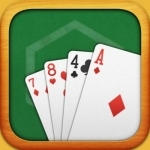
Kout by koutbo6.com
Games and Social Networking
App
Play kout like you have never played it before. Kout is a popular Spades variant from the middle...
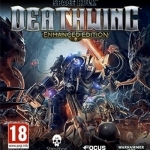
Space Hulk: Deathwing Enhanced Edition
Video Game Watch
Space Hulk Deathwing Enhanced Edition is a First-Person Shooter based on Games Workshop’s cult...
shooter

Rules of Survival
Games
App
Welcome to the arena of RULES OF SURVIVAL! You will be one out of 120 unarmed players who get air...
games

Battle Break - Multiplayer
Games
App
Go head-to-head in the best multiplayer battle game on your mobile - this is BATTLE BREAK! Join...
games

Peg Solitaire by CleverMedia
Games
App
Now ad-free! "Fun and challenging." "You'll be glad you downloaded it." "Great app, operates...
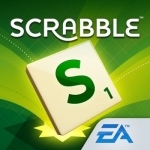
SCRABBLE™ Premium
Games and Entertainment
App
CONNECT WITH FRIENDS. PLAY WITH WORDS. Get a game of SCRABBLE going with just about anyone – or...
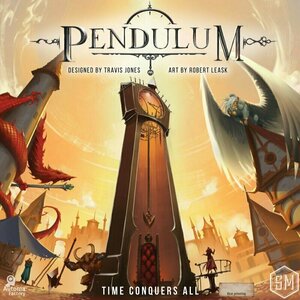
Matthew Krueger (10051 KP) Dec 5, 2020